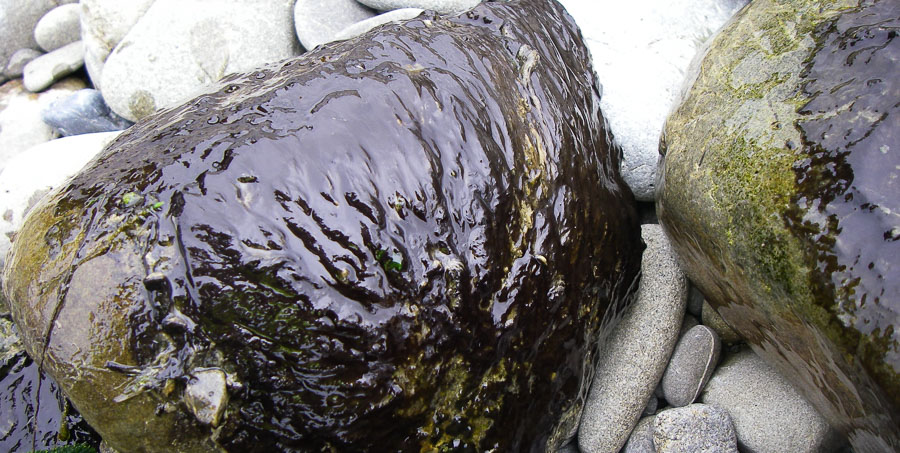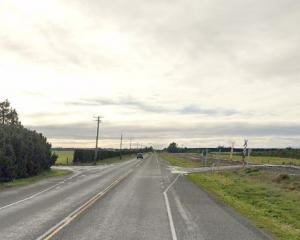
People and animals, particularly dogs, should avoid the area of the river downstream of the domain near the picnic area until the health warning has been lifted.
There are also other access points along the river that may have toxic blue-green algae present and people are advised to check for its presence and avoid contact.
Canterbury Medical Officer of Health Alistair Humphrey says the algae looks like dark brown to black mats and can produce toxins harmful to people and animals," Dr Humphrey said.
“Exposure may cause skin rashes, nausea, stomach cramps, tingling and numbness around the mouth and fingertips.
"If you experience any of these symptoms, visit your doctor immediately, also let your doctor know if you’ve had contact with dark brown/black algal mats or water in this area."
The Selwyn District Council is following agreed procedures and monitoring their nearby drinking water intakes.
“No-one should drink the water from the river at any time, even after boiling the water from the river, it does not remove the toxin therefore should not be consumed,” Dr Humphrey said.
Pets should be taken to a vet immediately if they are showing signs of illness after coming into contact with algal mats.
People and animals should remain out of the waterways until the warnings have been lifted.
Environment Canterbury is monitoring the sites and the public will be advised of any changes in water quality.
Facts about toxic blue-green algae:
- It occurs naturally but can increase rapidly during warmer months.
- Algal blooms are caused by a combination of nutrients in the water (such as nitrogen and phosphorus), and favourable weather conditions (increased temperature, calm days).
- If the water is cloudy, discoloured, or has small globules suspended in it, avoid all contact.
- Not all cyanobacterial blooms are visible to the naked eye and toxins can persist after the blooms disappear.
- Cyanobacterial concentrations can change quickly with changing environmental conditions (e.g. wind). If a health warning is in place avoid contact with the water.













